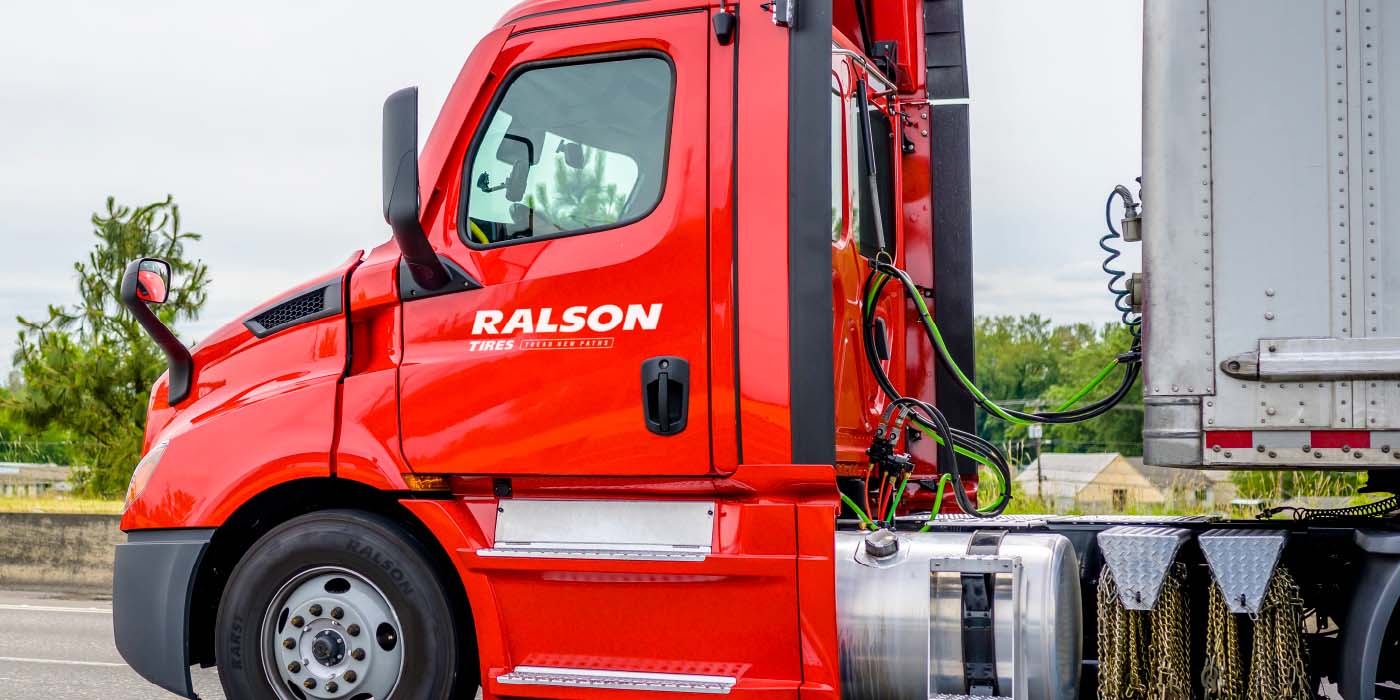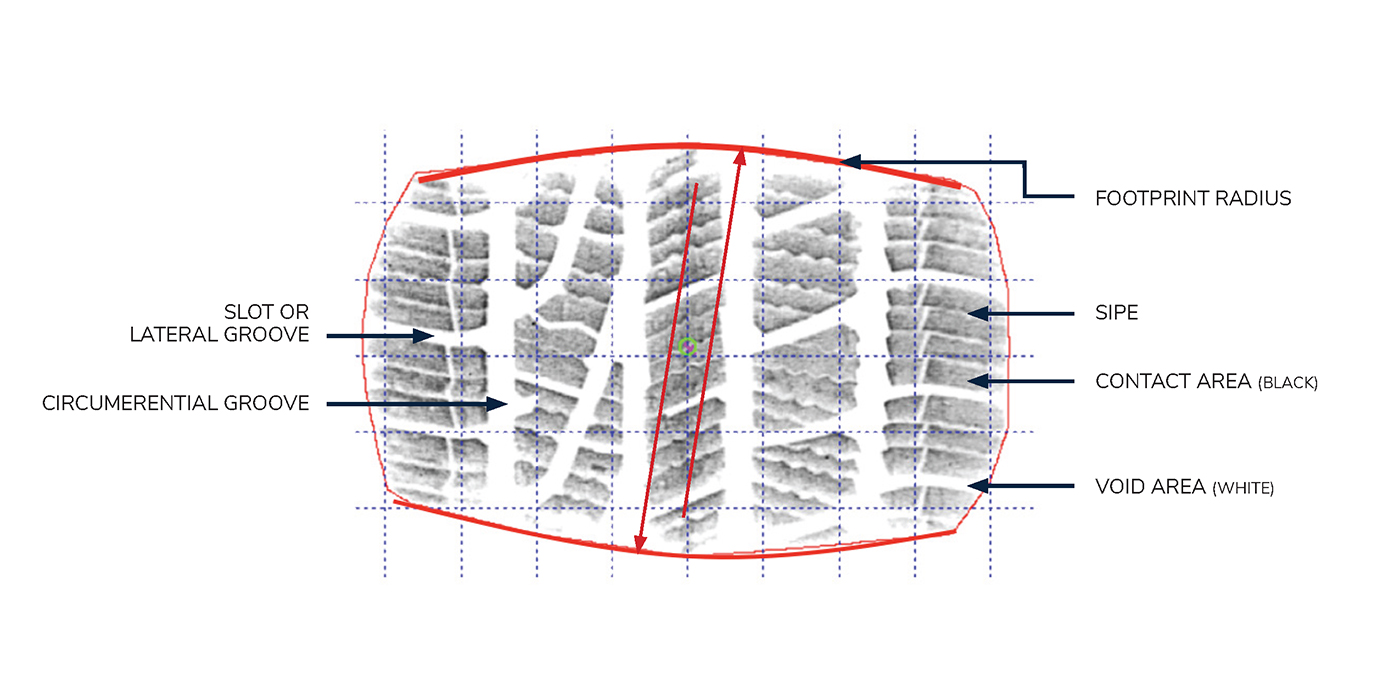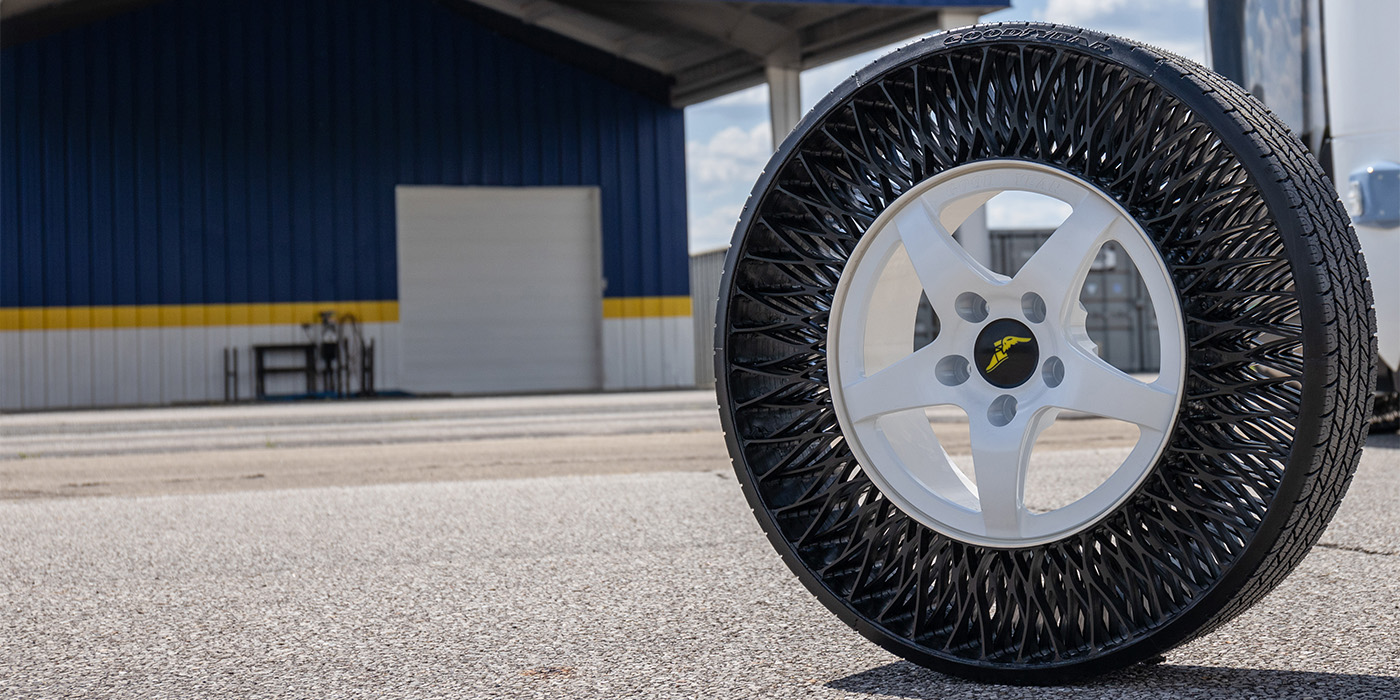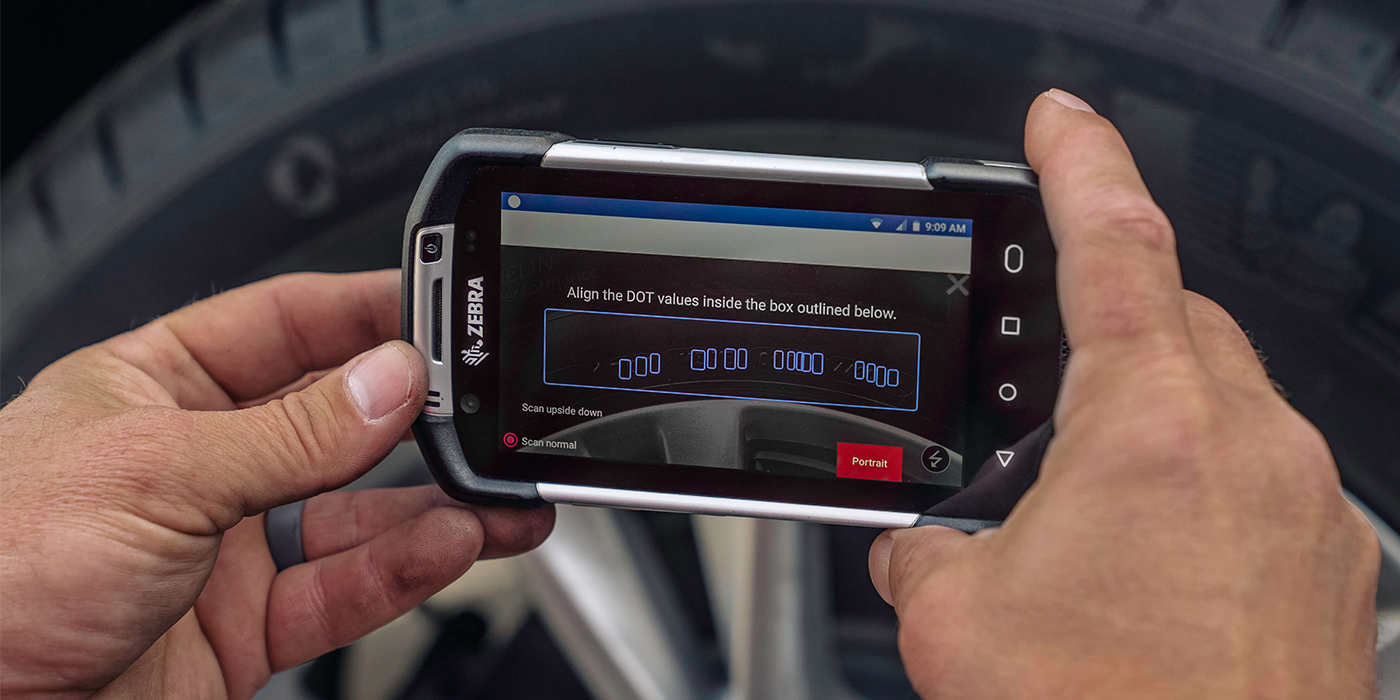It will take some time before the dust fully settles, before all of the final decisions are made and all of the appeals exhausted. And only then will we be able to fully understand all of the direct ramifications of the absurd countervailing and anti-dumping duties heaped on imported China-produced consumer tires.
Trade protection is a difficult thing, especially when you wave the banner of capitalism and espouse free markets. I don’t recall consumers or dealers complaining about the price tag on China-produced tires. Not the Cooper-branded ones or the tires labeled Sailun or Fuzion or carrying any number of familiar names.
The eerie silence from the major makers was both telling and confusing, especially since some took a hit when the Department of Commerce levied countervailing and anti-dumping duties on consumer tires imported from the People’s Republic of China. None was listed among the petitioners in the case filings, and none voiced concern about tire pricing, probably because few are even playing in the Tier 3-4 segment.
Industry watchers are still scratching their heads trying to figure out exactly what the USW stood to gain by pressing for added taxes on these imports. The lessons learned from the three-year Section 421 tariff haven’t changed: no one is going to add low-value production capacity to an existing U.S. plant, and no one is going to build a greenfield plant dedicated to low-cost/no-profit radials.
No new tire plant jobs were gained before, and no new ones will be arriving anytime soon. Wait, let me restate that: No new union tire plant jobs will be arriving as a result of these duties. On the surface, all USW membership gets is the opportunity to pay more for their tires. Below surface, who knows?
For now, the horizon here is unknown. Price increases from those directly impacted are certain; Cooper and Giti (twice) have already set increases, and others may have quietly taken place. Experts think many of the majors will be looking to maintain an “appropriate” price gap between their “premium” tires and these imports.
Those Chinese tiremakers that have already made sourcing adjustments will be fine: Singapore-based Giti is building a plant in South Carolina and will shift 100% of its U.S. requirements there; Shandong Linglong has already moved nearly all of its U.S.-bound production to its new plant in Thailand. We suspect other strong Chinese players will follow suit, targeting the U.S., Mexico or an Asian nation closer to home for their favor.
Del-Nat Tire Corp.’s Chinese supplier Shandong Yongsheng Rubber Group Co. was hit with an 81.29% countervailing duty, and an additional 87.99% in anti-dumping duties. Those big numbers forced Del-Nat management’s hand, and it sold the company off to TBC Corp., which is dealing with its own duty issues.
Some other China producers are going to be forced into making uncomfortable choices. I spoke to one importer of note who, while trying to not come across as too negative, admitted that perhaps that brand will have to withdraw from the market. For now. Maybe forever.
Most Chinese tiremakers of note will tell you that the U.S. remains a “strategic market” for their growth aspirations. No doubt that’s the case, but the game has changed. And not just because of a pesky added no-value tax.
On Feb. 7, Shandong Deruibao Tire Co. entered into “restructuring.” The Chinese government placed part of the blame on the added American duties, but our colleagues at the U.K.’s Tyres & Accessories suggest a larger share of the blame should be had by the Chinese tire industry itself.
The lack of real planning within the country’s central planning system could have avoided the severe over-supply problem that is crippling China’s tire industry. The new duties, T&A reported, “simply emphasized the pre-existing problem of oversupply.
“For years we have seen new 10- and even 20-million-unit per year factories pop up out of nowhere with no clear strategy of exactly how these quantities are going to: a) be sold; and b) be developed into added-value brands as opposed to commodity products.”
The tire industry there was set up to be a dog-eat-dog system where the performers are rewarded with continued existence and government support. But even the current “winners” can fall prey to other Chinese makers that have taken on large-scale expansion, but “have also invested in international marketing, OE and branding strategies,” T&A wrote.
“In essence they have been competing at the same time with the world and with up-and-coming Chinese brands that are becoming players in the global Top 20. Without added value, such firms are inevitably taking part in a race to the bottom. And, like any good skydiver will tell you, a race to the bottom has no winners.”
An industry contact in China sees the added duties and the over-capacity problem as potentially “transformative.”
State-owned tiremakers won’t face much difficulty, he suggested, but for private companies, such as many tire firms in Shandong province, “the most likely way out would be consolidation to reduce waste and low efficiency. The government is not going to be willing to let them be as today since the main direction for the whole Chinese economy is to kill overcapacity and restructure for the years to come.”
Further, he noted, “more and more tire manufacturers have changed their business model from ‘low quality/low price’ and ‘no brand’ to ‘better value for money’ backed with branding efforts. This is a good thing for the whole industry, even though we all know it’s going to take time to see change.”
If China is to succeed here, change will have to come. If we are to avoid more disruption and chaos, it can’t come soon enough.













